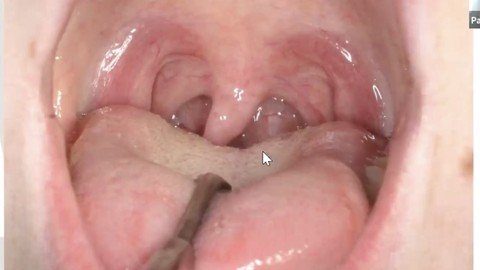Member
LEVEL 7
130 XP

Published 7/2024
MP4 | Video: h264, 1280x720 | Audio: AAC, 44.1 KHz
Language: English | Size: 600.06 MB | Duration: 1h 22m
Learn skills on extra oral and intraoral clinical examination and photography in orthodontics
What you'll learn
How to do clinical assessment of orthodontic patient
Extra oral examination
Intraoral examination
Clinical photography in orthodontics
Requirements
Dental students and dentists
Description
Clinical ExaminationThe clinical dental examination is an essential part of dentistry and guides every treatment plan. A thorough orthodontic examination begins with a systematic extra‐ and intraoral examination.Extraoral ExaminationThe findings of a thorough extraoral examination greatly aids in treatment planning. The extraoral examination includes a general assessment of the patient's awareness, posture, temporomandibular joint, head, neck, skeletal pattern and soft tissues. It is important to observe the patient at rest and in function, without their awareness. This approach increases the accuracy of the assessment. The extraoral examination commences in the waiting room or consultation room by observing
Overview
Lecture 1 Clinical Examination
Lecture 2 Photograpgy in orthodontics
Lecture 3 Learn Extraoral Photography
Lecture 4 Learn Introral Photography in Orthodontics
Lecture 5 Evalutation of Diagnostic Records
Lecture 6 Case Presentation in Orthodontics
Dental students,General practitioners,Orthodontist,Post graduate students
Download file Clinical_Examination_and_photography_in_Orthodontics.rar
Download Clinical_Examination_and_photography_in_Orthodontics.rar fast and secure
rapidgator.net
